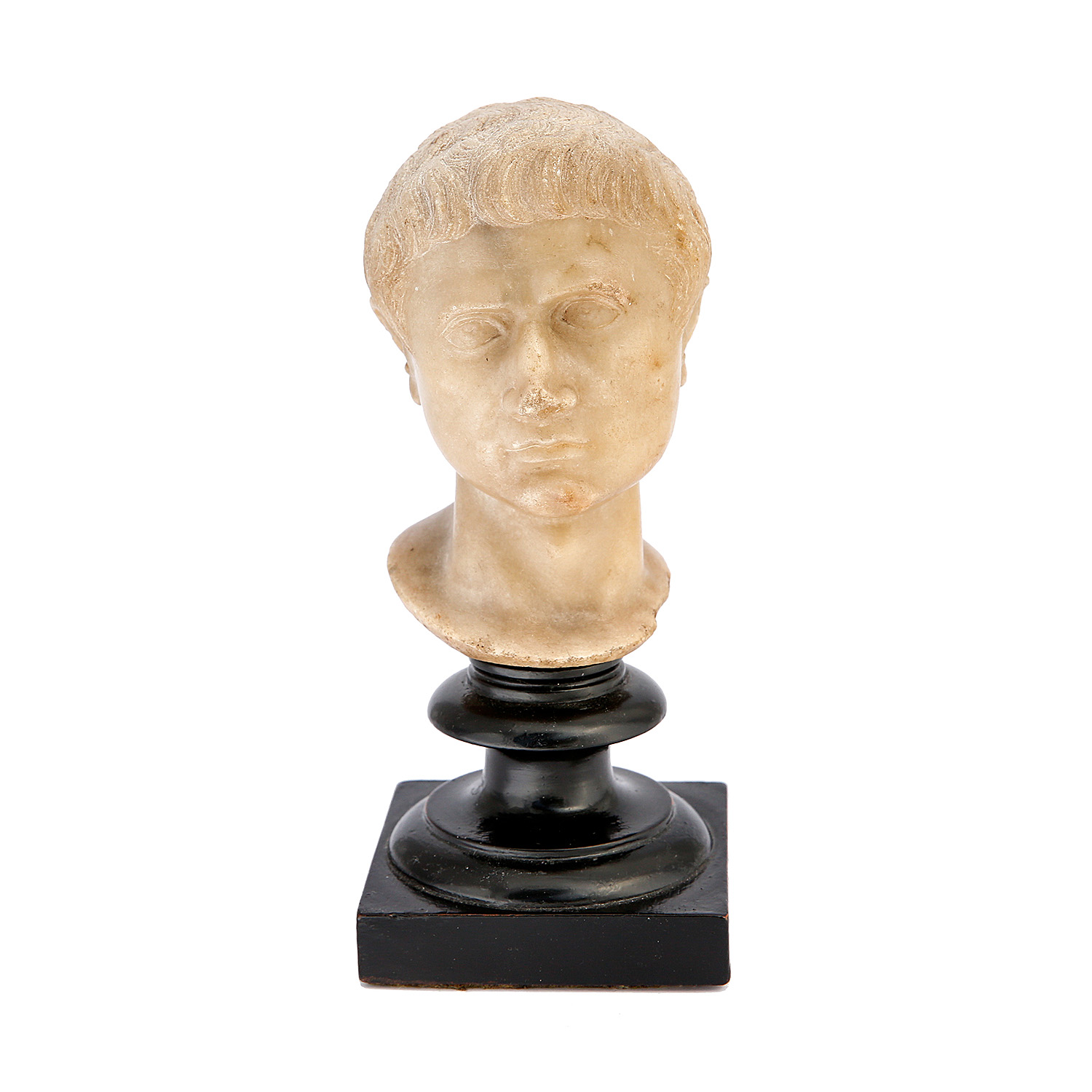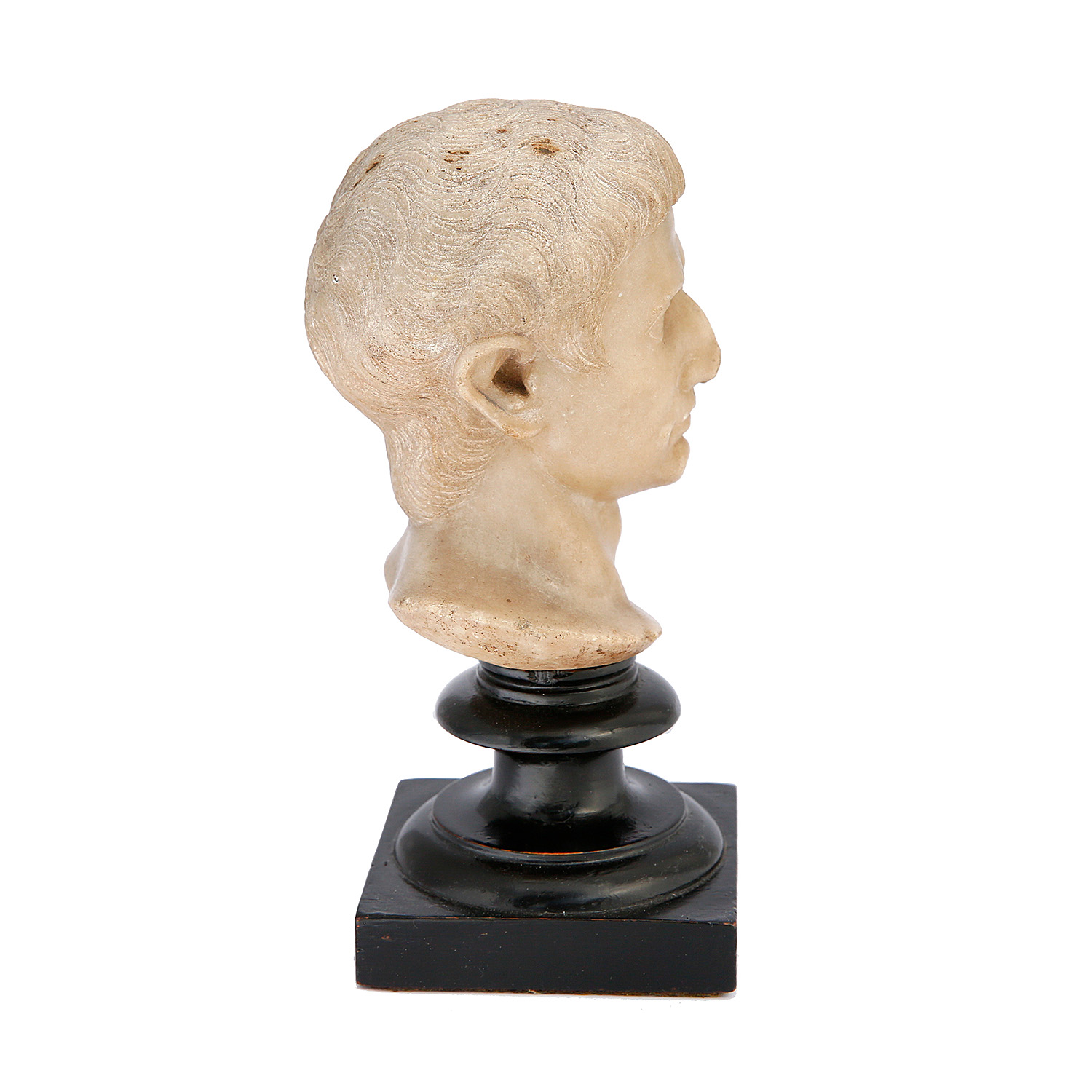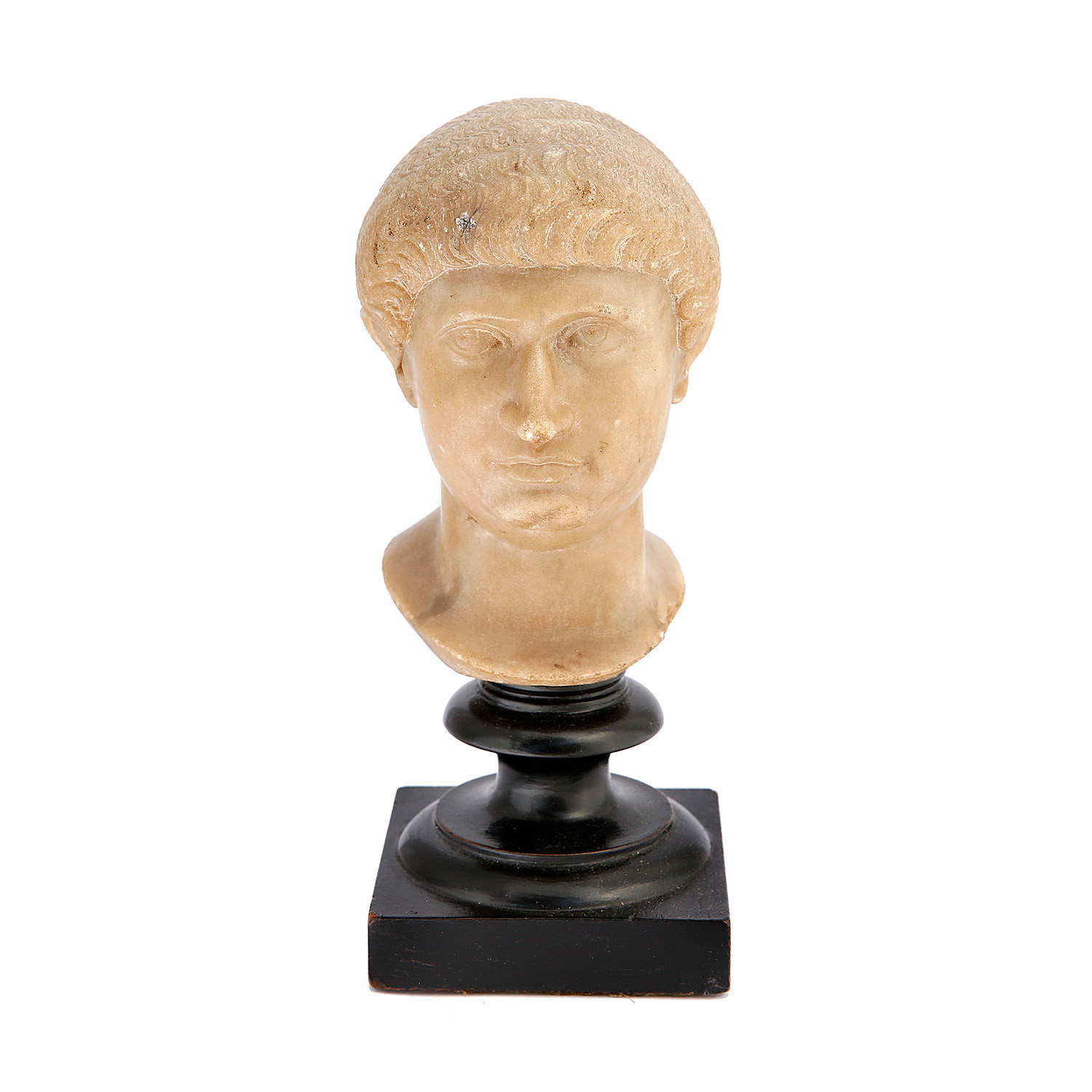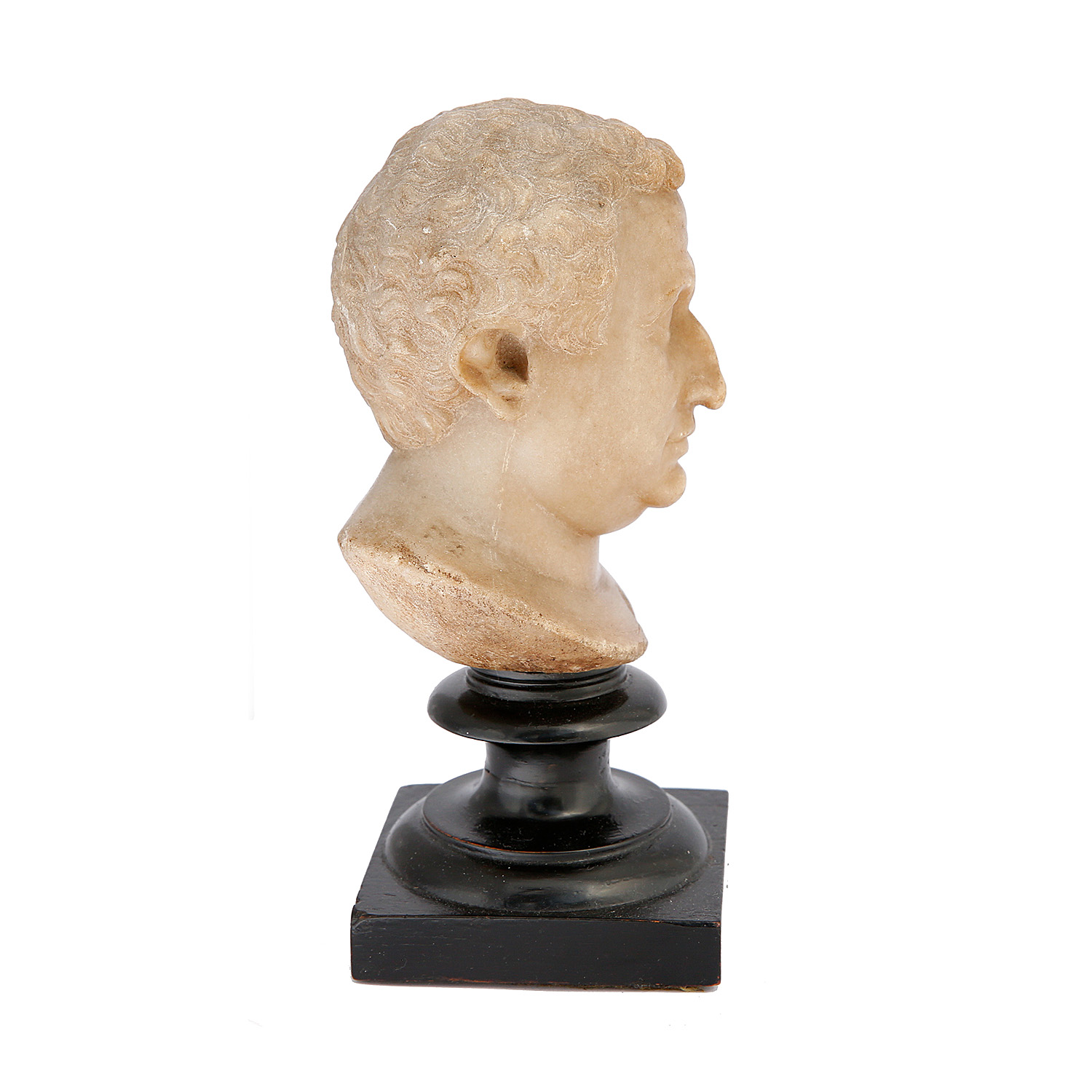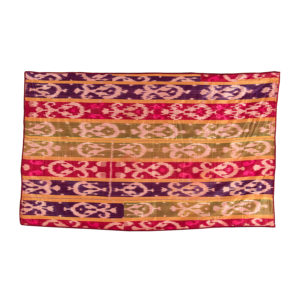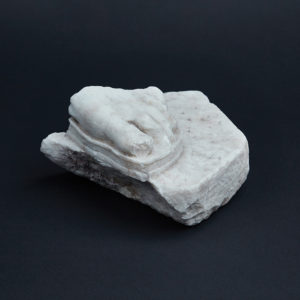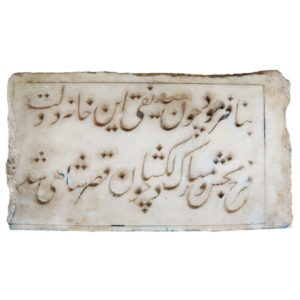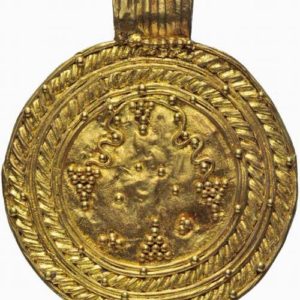Sold only as a group.
The portraits of Emperors are very popular in the Grand Tour Decorative Objects, both for their artistic value and meaning.
1. Caligula (1st century AD) Caligula (Gaius Julius Caesar Augustus Germanicus; 31 August 12 – 24 January 41 AD) was Roman Emperor from AD 37 to AD 41. The son of Germanicus, a popular Roman general, and Agrippina the Elder (granddaughter of Augustus), Caligula was born into the first ruling family of the Roman Empire, conventionally known as the Julio- Claudian dynasty. Two years after Caligula’s birth, Germanicus’ uncle and adoptive father, Tiberius, succeeded Augustus as emperor of Rome in AD 14.
2. Nerva (end of the 1st century AD) Nerva (Marcus Cocceius Nerva Caesar Augustus;[1] 8 November 30 – 27 January 98 AD) was Roman emperor from 96 to 98. Nerva became emperor at the age of 65, after a lifetime of imperial service under Nero and the rulers of the Flavian dynasty. Under Nero, he was a member of the imperial entourage and played a vital part in exposing the Pisonian conspiracy of 65. Later, as a loyalist to the Flavians, he attained consulships in 71 and 90 during the reigns of Vespasian and Domitian, respectively.
3. A Constantinian Prince (beginning of 4th century AD) Compared to the known portraits of Constantine, this face seems to show some small differences, especially for a softer rendition of some characters, such as the rounded-shaped chin and the mouth, almost childlike. On the basis of these elements, the portrait can rather be identified as that of one of the sons of Constantine: the principles Crispus or Constantine II.
4. Galba or more probably Otho (half of the I century AD) Otho (Marcus Salvius Otho Caesar Augustus; 28 April 32– 16 April 69 AD) was Roman Emperor for three months, from 15 January to 16 April 69. He was the second emperor of the Year of the Four Emperors.



